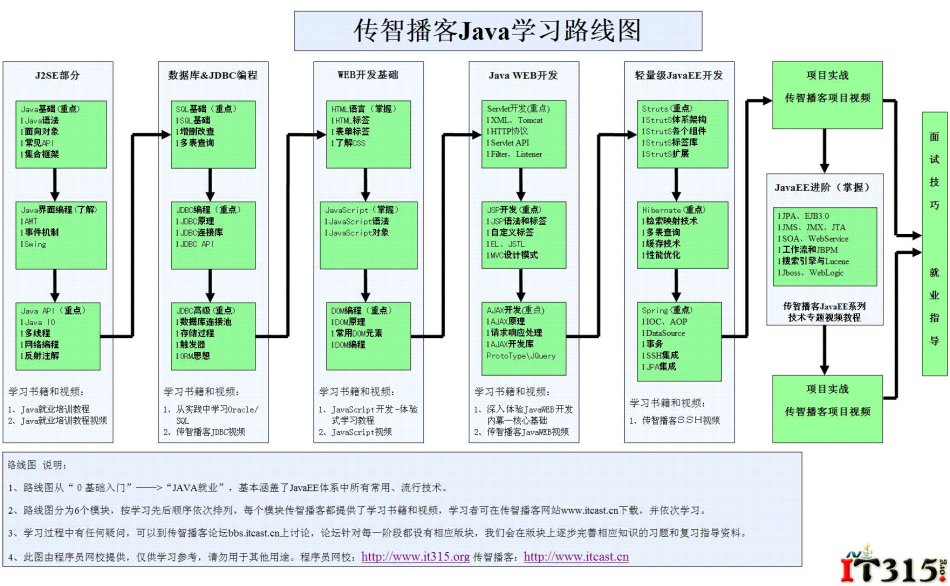关于RSA算法密钥长度/密文长度/明文长度的介绍
[java]
public static void main(String[] args) throws Exception {
// TODO Auto-generated method stub
HashMap<String, Object> map = RSAUtils.getKeys();
//生成公钥和私钥
RSAPublicKey publicKey = (RSAPublicKey) map.get("public");
RSAPrivateKey privateKey = (RSAPrivateKey) map.get("private");
//模
String modulus = publicKey.getModulus().toString();
//公钥指数
String public_exponent = publicKey.getPublicExponent().toString();
//私钥指数
String private_exponent = privateKey.getPrivateExponent().toString();
//明文
String ming = "123456789";
//使用模和指数生成公钥和私钥
RSAPublicKey pubKey = RSAUtils.getPublicKey(modulus, public_exponent);
RSAPrivateKey priKey = RSAUtils.getPrivateKey(modulus, private_exponent);
//加密后的密文
String mi = RSAUtils.encryptByPublicKey(ming, pubKey);
System.err.println(mi);
//解密后的明文
ming = RSAUtils.decryptByPrivateKey(mi, priKey);
System.err.println(ming);
}
public static void main(String[] args) throws Exception {
// TODO Auto-generated method stub
HashMap<String, Object> map = RSAUtils.getKeys();
//生成公钥和私钥
RSAPublicKey publicKey = (RSAPublicKey) map.get("public");
RSAPrivateKey privateKey = (RSAPrivateKey) map.get("private");
//模
String modulus = publicKey.getModulus().toString();
//公钥指数
String public_exponent = publicKey.getPublicExponent().toString();
//私钥指数
String private_exponent = privateKey.getPrivateExponent().toString();
//明文
String ming = "123456789";
//使用模和指数生成公钥和私钥
RSAPublicKey pubKey = RSAUtils.getPublicKey(modulus, public_exponent);
RSAPrivateKey priKey = RSAUtils.getPrivateKey(modulus, private_exponent);
//加密后的密文
String mi = RSAUtils.encryptByPublicKey(ming, pubKey);
System.err.println(mi);
//解密后的明文
ming = RSAUtils.decryptByPrivateKey(mi, priKey);
System.err.println(ming);
}
RSAUtils.java
[java]
package yyy.test.rsa;
import java.math.BigInteger;
import java.security.KeyFactory;
import java.security.KeyPair;
import java.security.KeyPairGenerator;
import java.security.NoSuchAlgorithmException;
import java.security.inte易做图ces.RSAPrivateKey;
import java.security.inte易做图ces.RSAPublicKey;
import java.security.spec.RSAPrivateKeySpec;
import java.security.spec.RSAPublicKeySpec;
import java.util.HashMap;
import javax.crypto.Cipher;
public class RSAUtils {
/**
* 生成公钥和私钥
* @throws NoSuchAlgorithmException
*
*/
public static HashMap<String, Object> getKeys() throws NoSuchAlgorithmException{
HashMap<String, Object> map = new HashMap<String, Object>();
KeyPairGenerator keyPairGen = KeyPairGenerator.getInstance("RSA");
keyPairGen.initialize(1024);
KeyPair keyPair = keyPairGen.generateKeyPair();
RSAPublicKey publicKey = (RSAPublicKey) keyPair.getPublic();
RSAPrivateKey privateKey = (RSAPrivateKey) keyPair.getPrivate();
map.put("public", publicKey);
map.put("private", privateKey);
return map;
}
/**
* 使用模和指数生成RSA公钥
* 注意:【此代码用了默认补位方式,为RSA/None/PKCS1Padding,不同JDK默认的补位方式可能不同,如Android默认是RSA
* /None/NoPadding】
*
* @param modulus
* 模
* @param exponent
* 指数
* @return
*/
public static RSAPublicKey getPublicKey(String modulus, String exponent) {
try {
BigInteger b1 = new BigInteger(modulus);
BigInteger b2 = new BigInteger(exponent);
KeyFactory keyFactory = KeyFactory.getInstance("RSA");
RSAPublicKeySpec keySpec = new RSAPublicKeySpec(b1, b2);
return (RSAPublicKey) keyFactory.generatePublic(keySpec);
} catch (Exception e) {
e.printStackTrace();
return null;
}
}
/**
* 使用模和指数生成RSA私钥
* 注意:【此代码用了默认补位方式,为RSA/None/PKCS1Padding,不同JDK默认的补位方式可能不同,如Android默认是RSA
* /None/NoPadding】
*
* @param modulus
* 模
* @param exponent
* 指数
* @return





